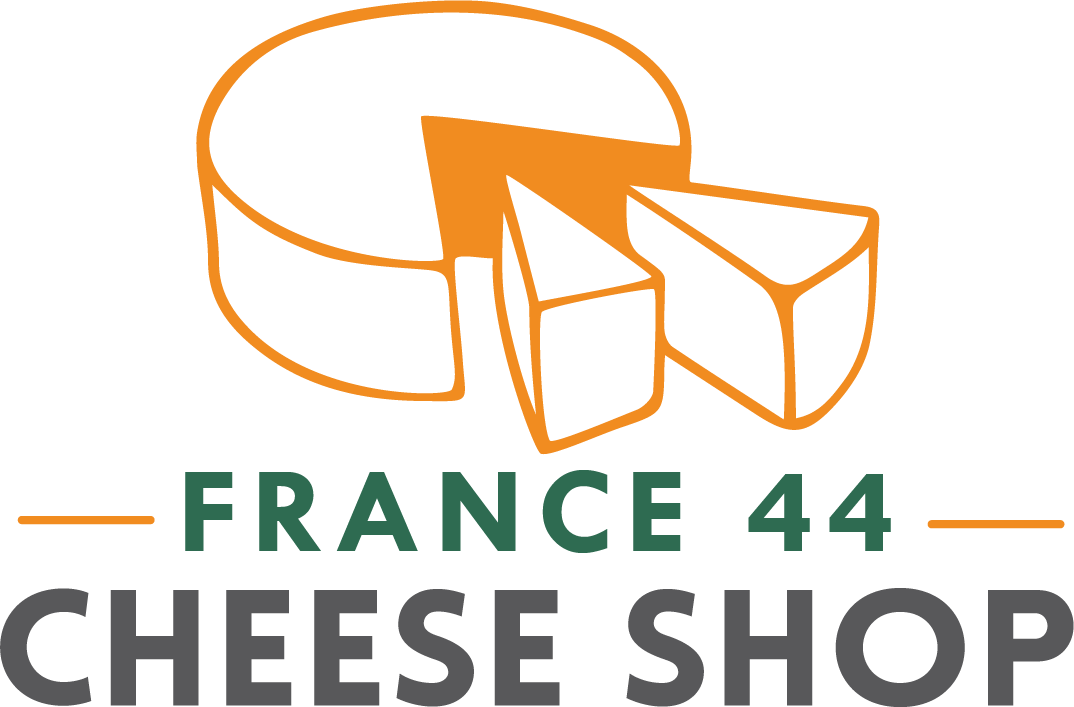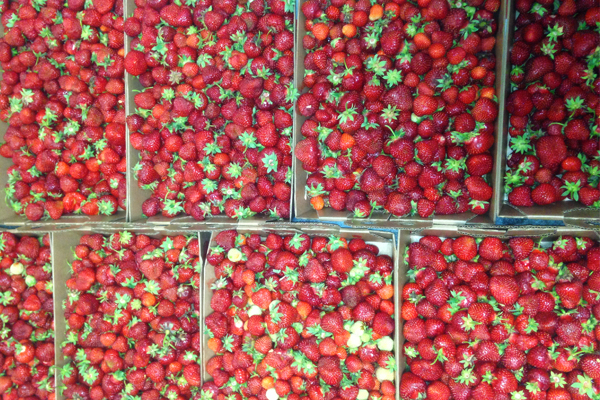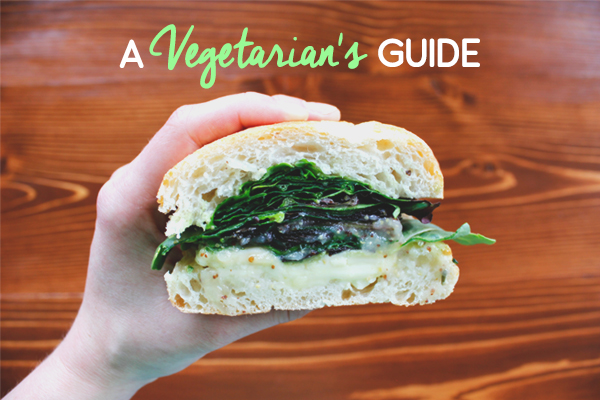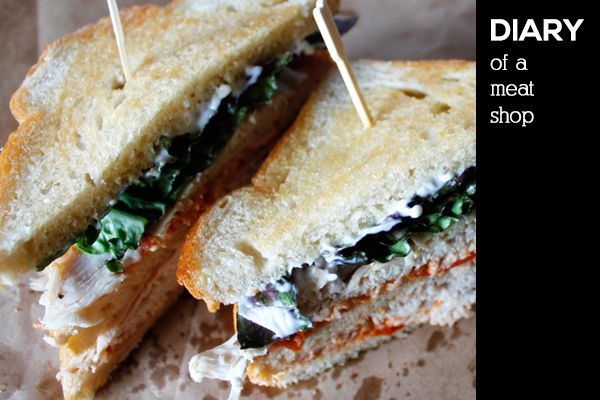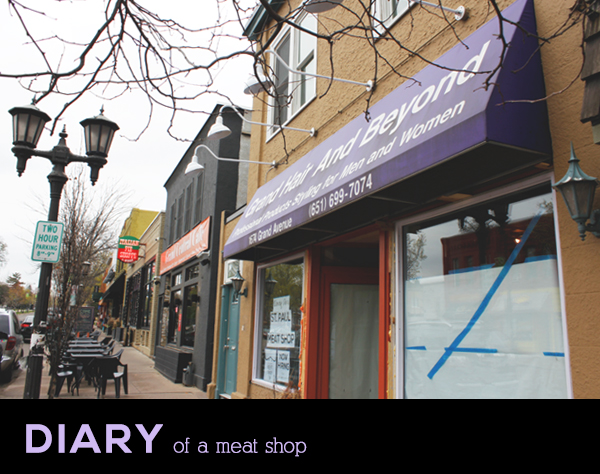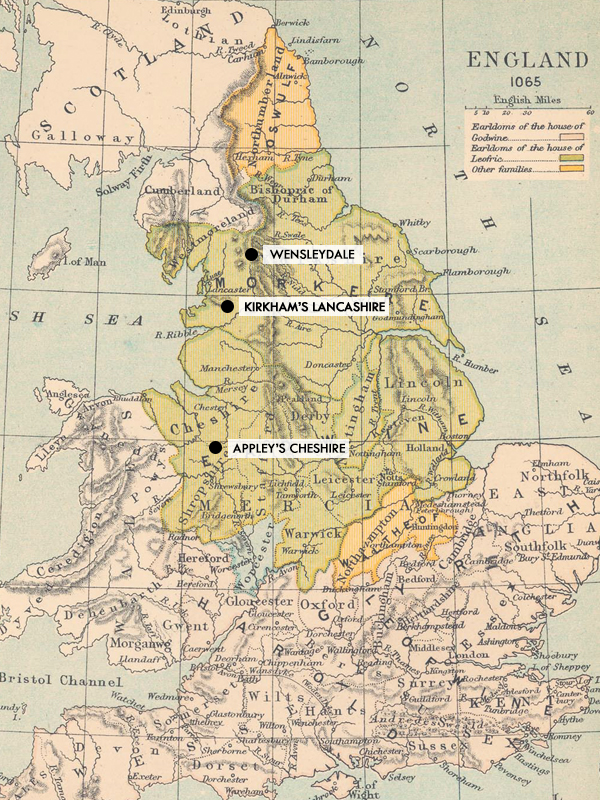 Forget the Dog Days of [Minnesota] Summer. We've got GOAT. As the sun scorches down in the Midwest and outdoor activities reach their screaming peak (hello, Minnesota State Fair!), is there really a better animal to ring in the final month of summer than a frolicking baby goat? Here at the France 44 - St. Paul Cheese Shops, we're totally torqued to take advantage of the weather and produce and sandy beaches of August, all with a little tangy goat cheese by our side.
Forget the Dog Days of [Minnesota] Summer. We've got GOAT. As the sun scorches down in the Midwest and outdoor activities reach their screaming peak (hello, Minnesota State Fair!), is there really a better animal to ring in the final month of summer than a frolicking baby goat? Here at the France 44 - St. Paul Cheese Shops, we're totally torqued to take advantage of the weather and produce and sandy beaches of August, all with a little tangy goat cheese by our side.
One of our favorites is a triple-creme round called Kunik. It's made at Nettle Meadow Goat Farm & Sanctuary in Warrensburg, New York. Over 300 goats of all ages call the farm home, from energetic little kids to geriatric "retired" goats that just want to laze and graze. The farm also houses llamas, chickens, ducks, and provides a safe space for rescued farm animals. (If you've always wanted to adopt a pet goat, this is the place for you.)
Nettle Meadow's Kunik is actually a delicate mixture of goat and cow's milk. It's a great cheese for converting goat cheese haters because, while goat's milk brings a tangy, herbal character to this cheese, the cow's milk tempers it into something luscious and buttery. It also happens to be an organic cheese made with vegetable rennet instead of the traditional animal rennet.
We've collected a few of our favorite staff pairings for this cheese, so we can enjoy it all month long. See if you can try them all before the golden light of September sets in.
Enjoy Nettle Meadow Kunik with...
• Red Table Royal Ham; salty, herbaceous pork plays well with tangy, lactic goat cheese [Carol Ann]
• A spoon! Or eat it wtih some tart American Spoon Sour Cherry Preserves [Sam]
• Frog's Leap Sauvignon Blanc; crisp and creamy [Natalie]
• Skinny Jake's urban honey; this combination makes both the honey and the cheese even better [Peter]
• Grace & I Ghost Pepper Peach + Preserves! [Mallory, while doing a back flip of joy]
• Ames Farm Single Source Buckwheat Honey; yeasty and surprising [Emily]
